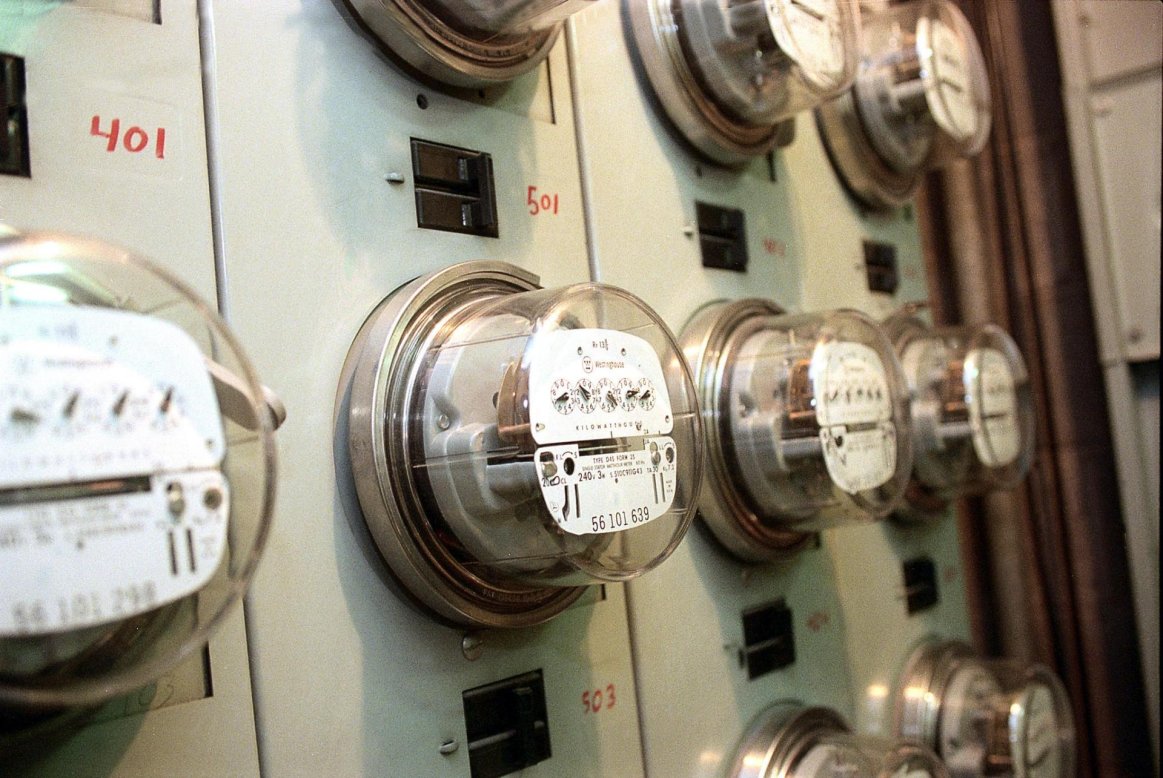
We recently wrote on the abundant and diverse roles energy storage can play for residences, businesses, and the grid at-large. This article will function as an introduction to demand change management for commercial and industrial consumers of electricity. With the cost of advanced energy storage declining significantly, the investment case for addressing demand charges with solar plus storage can be made today.
What is a Demand Charge?
Unlike residential consumers, who are charged primarily for their kWh (energy) consumption, larger electricity consumers must also pay demand charges on a kW (power) basis. To calculate the demand charge of a facility, the utility notates the highest average 15 minute period during a billing cycle. This is a surcharge on top of standard kWh rates and often times is a substantial portion of the total bill.
To illustrate how a demand charge works consider the following examples:
A customer runs a 50 kW motor for five hours during July:
Demand Charge = 50 kW x $17/kW = $850
Energy Charge = 50 kW x 5 Hr x $0.10/kWh = $25
The same customer runs a 50 kW motor constantly throughout the entire month of July:
Demand Charge = 50 kW x $17/kW = $850
Energy Charge = 50 kW x 744 Hr x $0.10/kWh = $3,720
In this example, the demand charge is the same across both use cases. This makes perfect sense if we look back to the method in which a demand charge is calculated. Although the amount of energy (kWh) changes dramatically, the peak demand generated by the pump is the same.
This example helps illustrate the fundamental difference between energy and power. Energy consumption is measured over a period of time while power is an instantaneous measurement that represents the rate at which work is done. It is obvious why utilities charge for energy; it is a service provided over time that consumes fuel and other resources. Utilities must also charge large electricity consumers for demand (power). This charge represents the physical generation capacity required to be kept online to meet peak events. There is significant value in knowing that if all of the factories in a service area turn on their equipment at once, the utility will be able to support their activities. This is the essence of a demand charge, consumers paying to ensure their demand will be met at all times.
Why is Storage Needed?
In short, PV can only get you so far. As you can see in the middle graph below, solar PV will decrease energy consumption significantly (yellow shaded portion) but will only modestly reduce kW demand. The rightmost graph represents the load profile of a business with solar and energy storage. The blue line is the one to pay attention to here. When the energy storage system senses a peak demand event it discharges the stored energy at a rate capable of curbing the facilities demand. With a properly sized solar plus storage system the building’s net load is decreased from a peak of about 850 kW to approximately 700 kW.
Generating a Solar + Storage Proposal
If you represent a commercial or industrial energy user that is interested in exploring savings from solar, you have come to the right place. Pitching a commercial solar lead on the increased value and savings that storage can provide is a logical next step. Working with your Greentech Renewables Account Manager, the first step in creating a solar plus storage proposal is developing an understanding of the customer's electric bill. What percentage of their bill is a demand charge? What is their demand charge rate? If the demand charges are high enough, the next step is to pull usage interval data from the customer's meter(s). Your Account Manager will help you assess demand charge mitigation and aid you in the sizing of the solar system, battery bank and battery inverters.